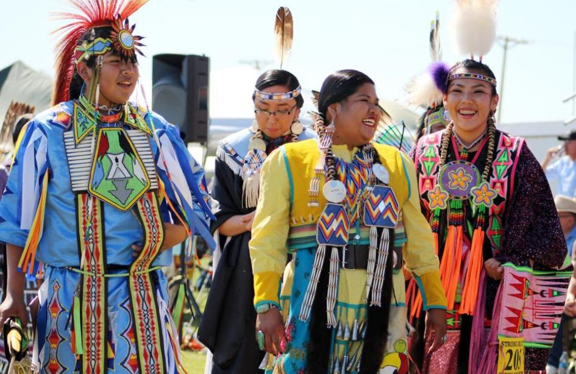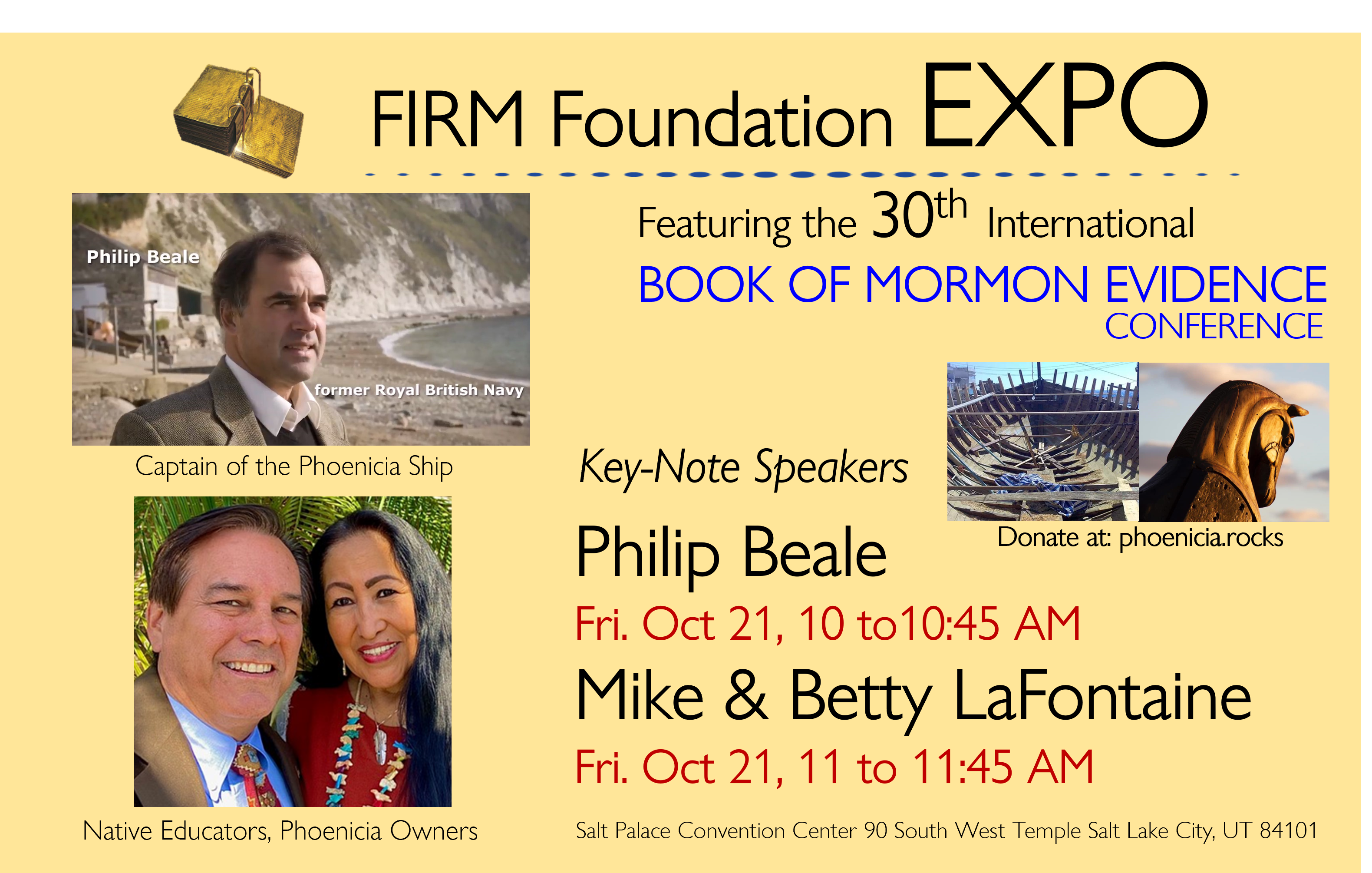It really doesn’t matter whether in this story about a Cochapa Indian, whether he is a Nephite or a Lamanite. I just thought it was a catchy title. The story below explains what the significance is. We are all children of our Father in Heaven and He loves us all.
As I researched these Cochapa Indians, my heart reached out to them. They seem to be some of the least worldly and most humble people on the earth. With all the poverty and despair these wonderful people were born into, it is so great to see them rise above it with a firm testimony of the only things that are important. How would we compare to these good people? Are we sufficiently humble? Are we higher and mightier as a people considering all the amazing worldly possessions we have? No. These good Native Americans will be our leaders in the next life. We will learn at their hands on how to love the Lord and be humble. I honor and respect all Native Americans and love the Spirit they bring to me.
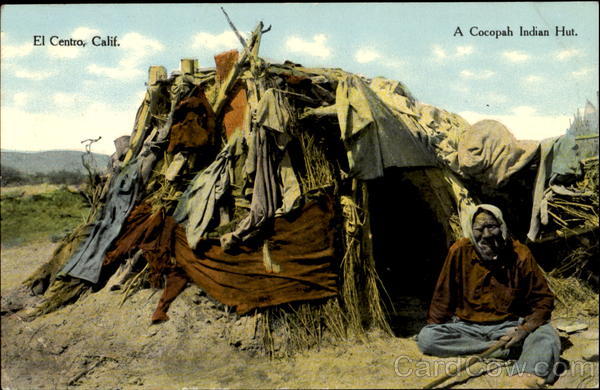
Life Beyond by Robert Millet And Joseph Fielding McConkie About a Cochapa Indian
I was made aware of this great article by a good friend named York Bennett.
“Teaching Those of Our Own Nation and Tongue The heavens have decreed that “every man shall hear the fulness of the gospel in his own tongue, and in his own language, through those who are ordained unto this power” (D&C 90:11). We have every reason to suppose that such decrees transcend the veil of death. Those in that world will also be taught by those of their same nation and tongue. A manifestation given to Oscar W. McConkie while he was serving as president of the California Mission sustains such a conclusion.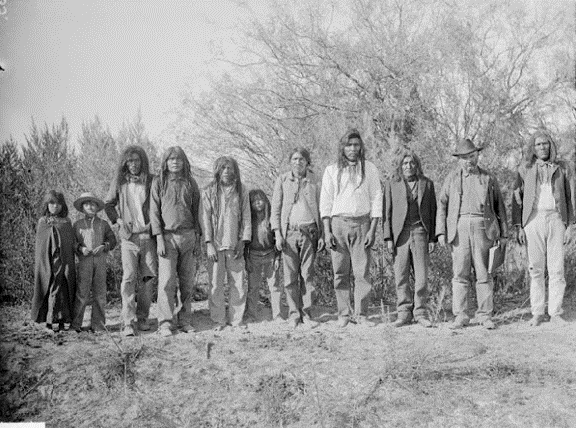
A Cochapa Indian by the name of Mark Johnson Vest was baptized in President McConkie’s mission, which at that time included parts of Arizona. Mark Vest was a giant of a man with a spirit to match. He stood six feet five inches tall and weighed over three hundred pounds. By birth he would have been the chief of his tribe had his people been following the traditions of their fathers. After he had been in the Church a short time he was called to be the branch president over a small Indian branch. Within six months he had increased increased the branch to seventy-five members. Brother Vest became ill and in the course of his illness lost over a hundred pounds. Both President McConkie and Elder Harold B. Lee administered to him but without lasting effect. Despite his illness, Mark Vest continued in his work with his people until his death a short time later.
He is a Nephite
When President McConkie received word that Mark had died he immediately boarded a train for Arizona to attend the funeral. All night long as he traveled, he prayed to know why the Lord had allowed this great missionary to be taken. As he prayed, a vision was opened to him of the spirit world. He saw Mark Johnson Vest standing in front of a large group of Lamanites, which he estimated to be twenty to thirty thousand. As he did so, one of the Indians in the middle of the group stood up and said: “Do not listen to this man! He is not a Lamanite. He is a Nephite!”
President McConkie saw Mark Vest rise to the full stature of his height and say: “I am not a Nephite! I am a Lamanite, and when I died I was cremated according to the custom of my people.” At this point the vision closed up. Upon his arrival in Mesa, and as he drove to the chapel where the funeral was to be held, President McConkie was advised of a conflict between Mark Vest’s tribe and the tribe from which his wife came. Mark’s family wanted him buried in a cemetery while his wife’s people wanted to cremate his body according to their traditions. The matter had become so heated that Mark’s wife’s tribe had threatened to dig up his body and take it if their demands were not met. When they arrived at the chapel President McConkie learned that he was to be the speaker. In his sermon, he was able to resolve the difficulty, explaining the importance of Mark complying even in death with the customs of those among whom he had now been called to labor.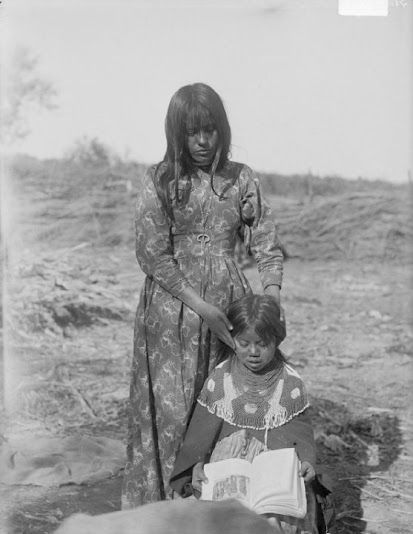
Conclusion Peter’s simple statement that those in the spirit world are to “be judged according to men in the flesh” speaks volumes. If judgment is the same and, as we have learned from the Vision of the Redemption of the Dead, the gospel is the same; and if the source of the gospel is the same, that is, revelation; and if the authority by which it is preached is the same; and if all men are to be taught by the prophets and missionaries of their own dispensation; and if we know that the nature or disposition of men does not change—would we not reason that the degree of ease or difficulty associated with accepting the gospel will be the same also? Surely the justice of God demands it! We could not suppose that those who did not have the opportunity to hear the gospel in this life—who would have accepted it had that chance come to them—will find themselves in a situation that would make it infinitely more difficult in the spirit world. Nor could justice be found in a system demanding of some that they accept the gospel on earth in the most trying of circumstances—being called upon.” Life Beyond by Robert Millet And Joseph Fielding McConkie
Cremation
I learn a few important points from this vision of Elder McConkie’s. It matters not whether we have a burial service or a cremated body with a service. The important thing is receiving the proper show of love and respect for the loved ones who have lost their friend, brother, or father. I feel knowing this is an opportunity for each of us to now judge which is the best way to be buried.
I have a daughter in law who wanted her mother cremated and it was a beautiful service. I also have an uncle who wanted cremation and, as his power of attorney I met his wishes and he was cremated. Many of my extended family didn’t like this but I was giving my uncle respect by giving him as he chose.
Spirit World
“A vision given to President Joseph F. Smith in Salt Lake City, Utah, on October 3, 1918. In his opening address at the 89th Semiannual General Conference of the Church, on October 4, 1918, President Smith declared that he had received several divine communications during the previous months. One of these, concerning the Savior’s visit to the spirits of the dead while His body was in the tomb” Heading to D&C Section 138
We realize that this life includes the time we spend in the Spirit World as part of this same existence. After death we continue to live and are still a huge part of this earth. As a Spirit we are preparing names and assisting people with helping temple work go forward, teaching and learning the gospel, and dong the things we cant accomplish in this earthly existence.
Blossoming as a Rose
“Our western tribes of Indians are descendants from that Joseph which was sold into Egypt, and that the land of America is a promised land unto them.” HC 1:301-315. I believe the “blossoming as a rose” has come in the past and continues today in the Spirit world. Read the scripture below very carefully.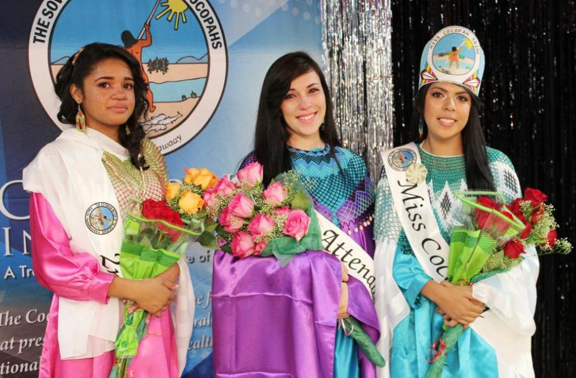
“Joseph Smith contemplated the state of the Lamanites and wondered: “When will the wilderness blossom as the rose? When will Zion be built up in her glory, and where will Thy temple stand, unto which all nations shall come in the last days?” Subsequently he received this revelation.” Heading to D&C Section 57
“Thus provide for my saints, that my gospel may be preached unto those who sit in and in the region and .” D&C 57:10
“But before the great day of the Lord shall come, shall flourish in the wilderness, and the Lamanites shall as the rose” D&C 49:24
When will the blossoming of a rose take place? It’s clear in verse 24 above. Before the great day of the Lord, and speaking of today, that still is happening, correct? And when Jacob will flourish, which is still happening today isn’t it?
Has the blossoming happened? Yes! Look at the story a Cochapa Indian, Mark Vest above. Rod Meldrum shares his story about how he found the names of 85 Native American’s temple records from 1877. I also believe the 85 Indian Chiefs baptized Aug 29, 1877 at the St. George Temple, one week after the Founding Fathers, opened the door to this blossoming as a rose. Read the Annotated Book of Mormon by David Hocking and Rod Meldrum page 554 or, my detailed story at my blog here: https://www.bofm.blog/85-native-american-chiefs-baptized-at-the-st-george-temple/
Joseph Smith sees the Blossoming as a Rose
“But what did he see in the way of fulfillment for his efforts? In mortality he saw very little, but in vision he must have seen the Lamanites “blossom as a rose” (D&C 49:24). Byron R. Merrill, “Joseph Smith and the Lamanites,” in Joseph Smith: The Prophet, The Man, ed. Susan Easton Black and Charles D. Tate Jr. (Provo, UT: Religious Studies Center, Brigham Young University, 1993), 187–202
Elder Alma O. Taylor said, “The following is an outline of the prayer, as I remember it… (O) “Spoke of the righteousness of Lehi and of the great faith of Nephi in doing whatsoever the Lord commanded him. Also spoke of those, who, because of iniquity, had been cut off from among the Nephites and cursed with a dark skin, like unto the Lamanites, the blood of Lehi and Nephi had been transmitted unto the people of this land, many of whom have the features and manners of the American Indians. Asked the Lord that if this were true, that he would not forget the integrity of his servants Lehi and Nephi, and would verify the promises made unto them concerning their descendants in the last days, upon this people, for we felt that they were a worthy nation.” Dedication of Japan Temple by Heber J. Grant Journal of Elder Alma O. Taylor, Relief Society Magazine JANUARY, 1921, pg. 199-203
Read of many more instances of miracles amongst the modern day Native American here.
Remeber the Hinterlands
Most Native Americans in the United States who live west of the Mississippi River, would be considered living in the “Hinterlands.” This simply means they lived outside of the heartland of the United States where the Nephites began living. Through wandering, marriage, interbreeding, there are many wonderful Lamanites that live all over the world. This is why in many of the Temple Dedications the Prophets say the blood of Lehi is in Mexico, Brazil Canada, and other places all over the Western Hemisphere.
There is DNA found in the Eastern Nations of the Algonquian, Iroquois and Muskogean Nations, that is similarly found in Israel and the West Eurasian Nations. See article here; https://www.nationalgeographic.com/science/article/131120-science-native-american-people-migration-siberia-genetics
“Hinterlands is defined here as meaning the unknown area of North and South America that are not within the scope of the writings of the Book of Mormon. In other words, since we believe main events of the Book of Mormon happened in a limited area of North America around the Great Lakes in the east, and Ohio, Indiana, Iowa and Missouri to the west, and south in Tennessee, West Virginia, Georgia, and Florida, all other areas will be discussed as “The Hinterlands”. We propose that Mesoamerica is the Hinterlands along with many other areas of the continent. As Mormon has said, “…I shall take from the plates of Nephi; and I cannot write the hundredth part of the things of my people (Words of Mormon 1:5). There are many people in South and Central America that are Lamanites and part of the Hinterlands.” Jonathan Neville
In other words, if the Book of Mormon events took place in Mesoamerica, then every other area would be the “Hinterlands” where other Lamanites may have migrated and lived. If however the events of the Book of Mormon took place in the Heartland of the United States (As we believe they did), then every other area outside of this limited Heartland area would contain migrating Lamanites, including the western United States, Canada, Mexico, and South and Central America. Heartland Core – Where the main Nephite and Lamanite events occured! Mesoamerican Periphery – Where Nephites and Lamanites migrated to outside of this core! (See map above right)
Who are the Yuman–Cochimí?
With the powerful story about Mark Vest above, I wanted to find out a little more about his Cochapa ancestry.
The Yuman–Cochimí languages are a family of languages spoken in Baja California, northern Sonora, southern California, and western Arizona. Although only Cochimí is no longer spoken, going extinct in the late 18th century, all other Yuman languages are nearly extinct. https://en.wikipedia.org/wiki/Yuman%E2%80%93Cochim%C3%AD_languages
COCOPAH INDIAN TRIBE OF ARIZONA HISTORY
The Cocopah (Kwapa), also known as the River People, have long lived along the lower Colorado River and delta. For centuries, the Cocopah people, described as generous and non-materialistic, have maintained their traditional and cultural beliefs through the various political environments and ever-changing landscapes.
The Cocopah Indian Tribe is one of seven descendant Tribes from the greater Yuman language-speaking people who occupied lands along the Colorado River. Cocopah Tribal ancestors also lived along the Lower Colorado River region near the river delta and the Gulf of California. The Cocopah people had no written language, however, historical records were passed on orally or interpreted in documents written by outside visitors.
Diaries and journals kept by travelers along the Colorado River and migrants into the West documented the Cocopah people. Spanish explorer Hernando de Alarcon, a member of Coronado’s marine expedition, traveled the river in 1540 and described members of the Cocopah Indian Tribe as tall, well-built people who carried wooden maces and bows and arrows. The men wore loincloths and the women wore willow bark skirts. The explorer and his crew were offered gifts of shells, beads, well-tanned leathers and food.
When Don Juan de Onate and Father Escobar sailed up the river, there were estimated to be about 6,000-7,000 Cocopah people living along the delta and the lower Colorado River. Fellow travelers, such as Father Kino, Father Garces, fur trapper James O’Patte, military men and ethnographers, kept colorful records from 1540-1917.
Westward expansion in the 1840s and the discovery of gold in California in 1849 brought many migrants through the area near the mouth of the Colorado River and the Grand Canyon region. The strategic importance of the river crossing was recognized by the U.S. government, and the United States Army established Camp Independence in 1850 to protect the entry route through the tribe’s territories. The following year the camp was moved to the site of an old Spanish Mission later named Fort Yuma, which still stands today.
Throughout the mid 1800s and early 1900s, the Cocopah Indian Tribe effectively resisted assimilation to an established reservation and maintained its social, religious and cultural identities.
In the last half of the nineteenth century, the steamboat business became important to the Cocopah people. Cocopah men, known for their skillful river navigating, were valued pilots.
President Woodrow Wilson signed Executive Order No. 2711 in 1917 which established the Reservation. In 1985, the Cocopah Tribe gained an additional 4,200 acres, including the North Reservation, through the Cocopah Land Acquisition Bill signed by President Ronald Reagan.
The Cocopah Tribe of Arizona is comprised of three noncontiguous bodies of land known as the North, West and East Reservations. Today, the East, West and North Reservations comprise over 6,500 acres, much of which is leased as agricultural land to non-Indian farmers. The Cocopah Reservation is located 13 miles south of Yuma, AZ, and 15 miles north of San Luis, Mexico, in Yuma County along the Colorado River. The reservation’s unique geographical location borders the United States, Mexico, Arizona and California.
Historical records show that the Cocopah domain once included portions of Arizona, southern California and Sonora, Mexico. The Treaty of Guadalupe Hidalgo divided the U.S.-Mexican border and the Cocopah lands between the two countries in 1848. Since 1930, the Cocopah (U.S.) and the Cucapá (Mexico) peoples have been forced to end Tribal unity.
In 1964, the Cocopah Indian Tribe founded its first Constitution and formed a five-person Tribal Council. The Cocopah Tribal Seal, similar to the U.S. flag in America, represents the sovereign Cocopah Nation.
As recently as the 1960s, a number of tribal families lived in traditional arrow weed-thatched homes, and until 1968, there were few houses and gravel roads. In the late 1970s and 1980s, the Tribe began acquiring additional land, constructing homes, installing utilities, developing an infrastructure system and initiating economic development. The hexagonal Tribal Administration Building was completed in 1976. Currently, there are about 1,000 enrolled Cocopah Tribal members who live and work on or near the three reservations.
Yuman-Cochimi Languages
Where are the Yuman-Cochimi languages spoken?
These languages are spoken by indigenous peoples of North America in the valley of the Colorado River in California, and in western Arizona in the United States; and in the north of the states of Sonora and Baja California in Mexico.
Who speaks these languages?
The speakers of Yuman-Cochimi languages are members of the Yuman-Cochimí “First Nations” in North America.
Total number of speakers (estimated):
Approximately 2800 according to UNESCO
Classification
The Yuman-Cochimi language family currently consists of 10 languages.
Yuman Sub-family
California Delta Branch
California Yuman (alternate name: Diegueño)
‘Iipay (alternate names: Northern Diegueño; Ipai): 6 speakers according to UNESCO
Kumeyaay (alternate names: Central Eastern Diegueño): 40 speakers according to UNESCO
Tiipay (alternate names: Southern Diegueño; tipai): 184 speakers according to UNESCO Delta yuman
Delta Yuman (alternate name: Cocopa): 206 speakers according to UNESCO
Colorado River Branch
Maricopa : 100 speakers according to UNESCO
Mojave (alternate name: Mohave): 100 according to UNESCO
Yuma (alternate names: Kwstan; Kwstaan; Quechan): 150 to 200 people according to UNESCO
Pai Branch
Upland Yuman (alternate name: North pai) : 1650 speakers according to UNESCO
Paipai Akwa’ala: 226 speakers according to UNESCO
Kiliwa: 56 speakers according to UNESCO
Cochimi
Cochimi: Extinct
Comments on the classification of Yuman-Cochimi languages:
The term “Hokan” describes a hypothetical set of language families that would include the Palaihnihan languages, but also Yuman-Cochimi languages and some isolated languages of the western United States (primarily from California and north-western Mexico). The lack of data on many of these languages makes the exact delineation of this proposed family difficult to establish. Mithun (1999) notes that the “Hokan” group is “not yet considered to be a valid language family” (p 304). We follow Mithun’s classification here, and therefore present the Palaihnihan language family independently.
Are Yuman-Cochimi languages in danger?
Yes, Cochin is an extinct language, and ‘lipay is very close to extinction as it is spoken by only a handful of very elderly speakers. All Yuman-Cochimí languages are considered as “critically endangered” by UNESCO (level 4 on a scale of 5) or “seriously endangered” (level 3). That is to say they are threatened with extinction in the decades to come. Only the Northern Pai dialect group is slightly less threatened immediately, but the younger generations no longer learn the different dialects and for most English is their first language.
Sources:
Mithun, Marianne The languages of Native North America. Cambridge, UK: Cambridge University Press. (1999).
Campbell, Lyle. American Indian languages: the historical linguistics of Native America. Oxford: Oxford University Press. (1997)
Site devoted to American Indian languages:
http://www.native-languages.org/

